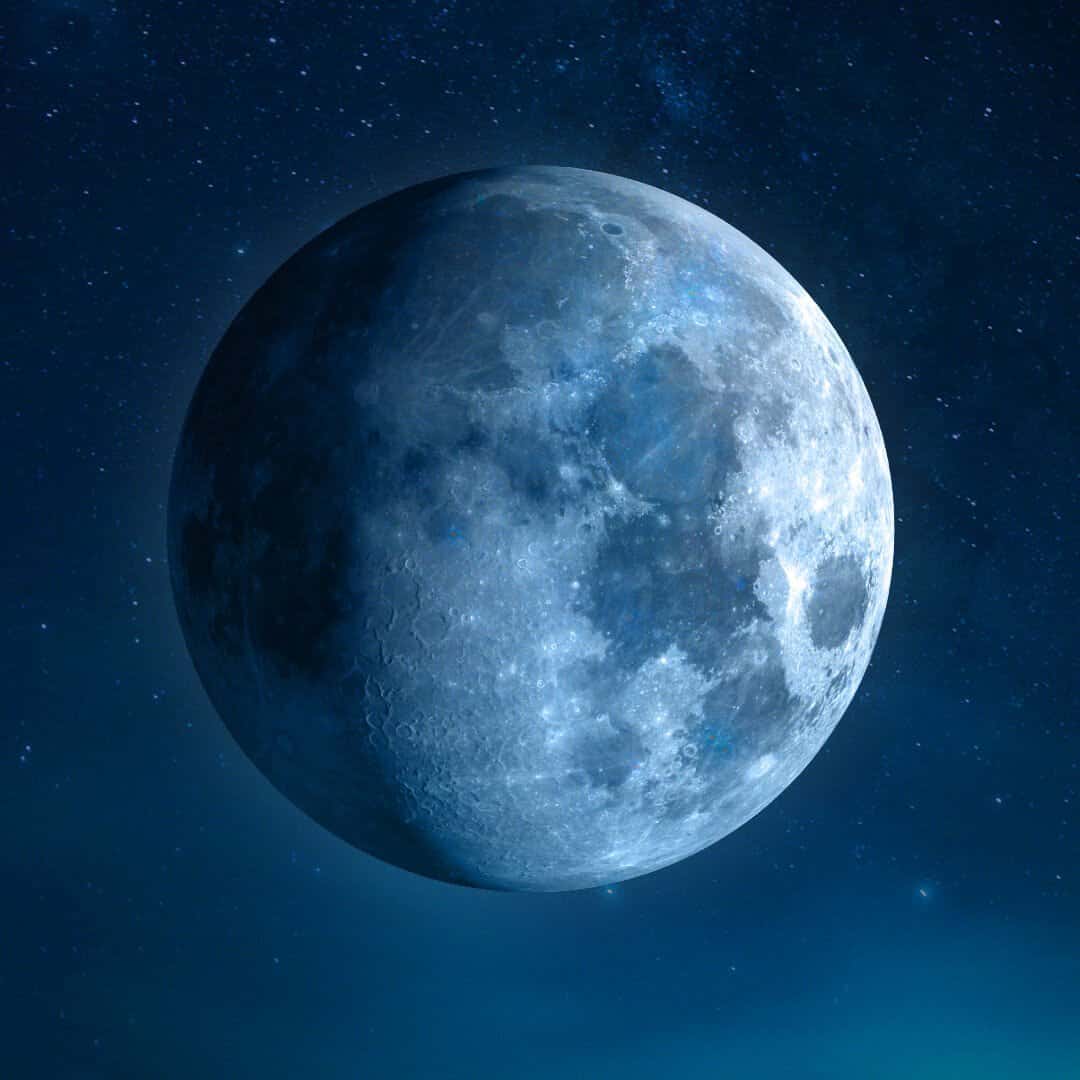The moon is the only celestial object in our sky that visibly changes its shape. While the sun always remains the same – round and incredibly bright (except during rare eclipses) – stars and planets typically maintain their shape, unless observed with a telescope. The appearance of the moon, however, undergoes distinct transformations, resembling a slender crescent, followed by a half circle resembling a slice of cheese, and finally becoming fully illuminated. These transitions occur in a cyclical pattern, repeating approximately every 29.5 days. When the moon is in the early stages of its cycle, it is referred to as “young” or “waxing,” while it is described as “waning” and then “old” once it has reached the midpoint. This leads to the question: How can we differentiate between a waxing moon and a waning moon?
There are a few straightforward methods that can assist you in quickly determining the current phase of the Moon.
Method #1: The crescent shape of the waxing Moon points to the left, while the crescent shape of the waning Moon points to the right
What does a waxing Moon appear like in the sky? Observe the image provided below.
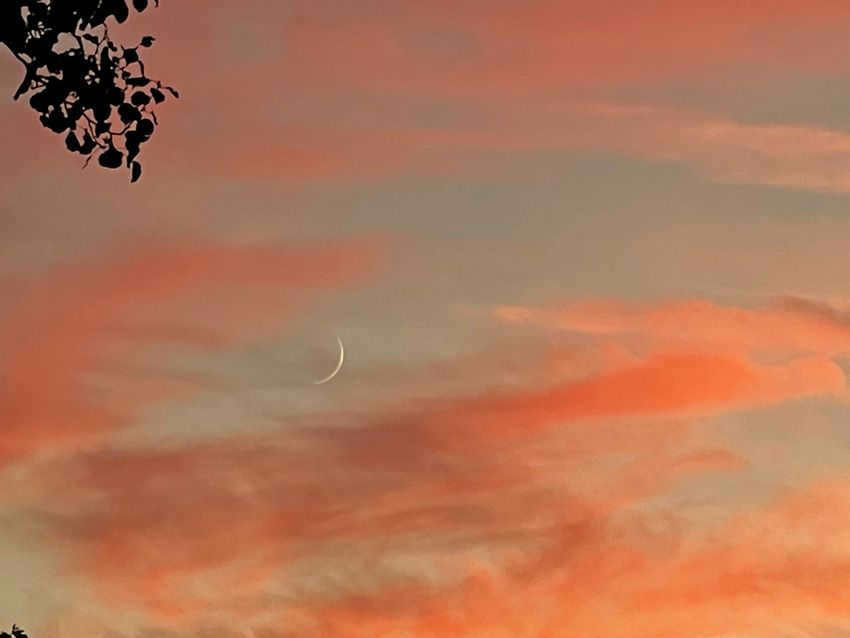
The moon is currently in its waxing phase. By placing a vertical stick on its horns, the shape of the letter P is formed. Photo: Val Germann
This photograph illustrates a moon that is in the process of growing. Its horns are pointing towards the left. If a stick is positioned on its horns, the resulting shape is the letter Р. In this context, R represents the concept of growth.
Now observe the image of the waning moon.
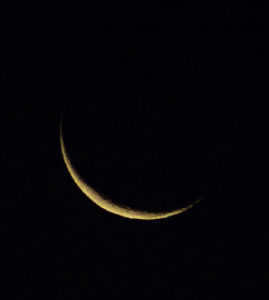
As observed, the moon’s horns are directed toward the right. The appearance of the moon resembles the letter C, indicating its old phase.
A crucial point to consider! While this technique is simple, it is only applicable in the northern hemisphere of the Earth, specifically north of the tropics. (Suitable locations include Russia, CIS countries, and European nations!) In the southern hemisphere, the orientation of the growing and old moon’s horns is completely reversed! Additionally, in tropical regions and near the equator, the moon actually lies flat before sunset. Both the young and old moon, when near the horizon, resemble a boat, making it difficult to distinguish between them.
Approach #2. The evening sky reveals the waxing moon, while the morning sky unveils the waning moon
The waxing moon can exclusively be observed during the evening hours. It descends below the horizon shortly after sunset. In regions with our latitudes, it proves challenging to spot a moon that is merely a day old following a new moon phase. Some amateur astronomers embark on an actual quest to catch a glimpse of such a moon.
On the other hand, the waning moon is visible solely during the morning hours. It ascends shortly before sunrise. The waxing moon can be seen in the western section of the sky, while the waning moon appears in the eastern part of the sky.
You might wonder, why does the waxing moon only appear in the evenings and in the west, while the waning moon is visible in the mornings and in the east? The answer to this inquiry merits a separate article.
Ways to Determine the Waxing Moon
It’s important to note that the aforementioned approaches do not provide a comprehensive solution for identifying a waxing moon. They merely enable differentiation between a growing crescent moon and a waning moon.
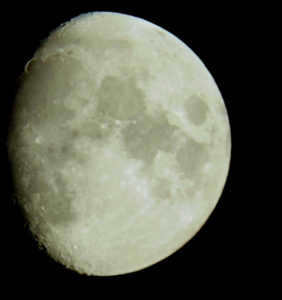
Expanding Moon. The unilluminated portion of the disk, not lit up by the Sun, is situated on the left. Photo: Zlatko Pasko
However, the increasing Moon is not solely in the shape of a sickle! The increasing Moon can also take the form of a crescent or nearly completely full. The key point is that each day, the area of the Moon that is illuminated expands. In general, we can state that any Moon between the new moon and the full moon is growing. In that sequence, from the new moon, which is not visible in the sky, to the full!
How long does the increasing Moon persist? Strictly speaking, from the new moon to the full moon, it lasts just under 15 days. In the sky, the increasing Moon is typically observed for one day less. (The first day after the new moon, it is concealed within the rays of the evening sunrise).
How can we determine the phase of the Moon? This is a common question, as a waxing Moon near a full moon can be seen not only in the evening but also at night and even in the morning.
Here’s the key: a waxing Moon has the unlit portion on the left side of the lunar disk.
How can we recognize an aging Moon?
The Moon begins to age immediately after the full moon phase. Its phase starts to wane, and the non-sunlit part of the Moon’s disk grows larger and larger until it becomes an old crescent shape.
In an aging Moon, the unlit part is on the right side. The aging Moon always rises after sunset. If the full moon was recent, the waning Moon can be observed throughout the night and morning. Each night, our celestial companion rises later and later until it eventually disappears completely in the rays of the morning sunrise.
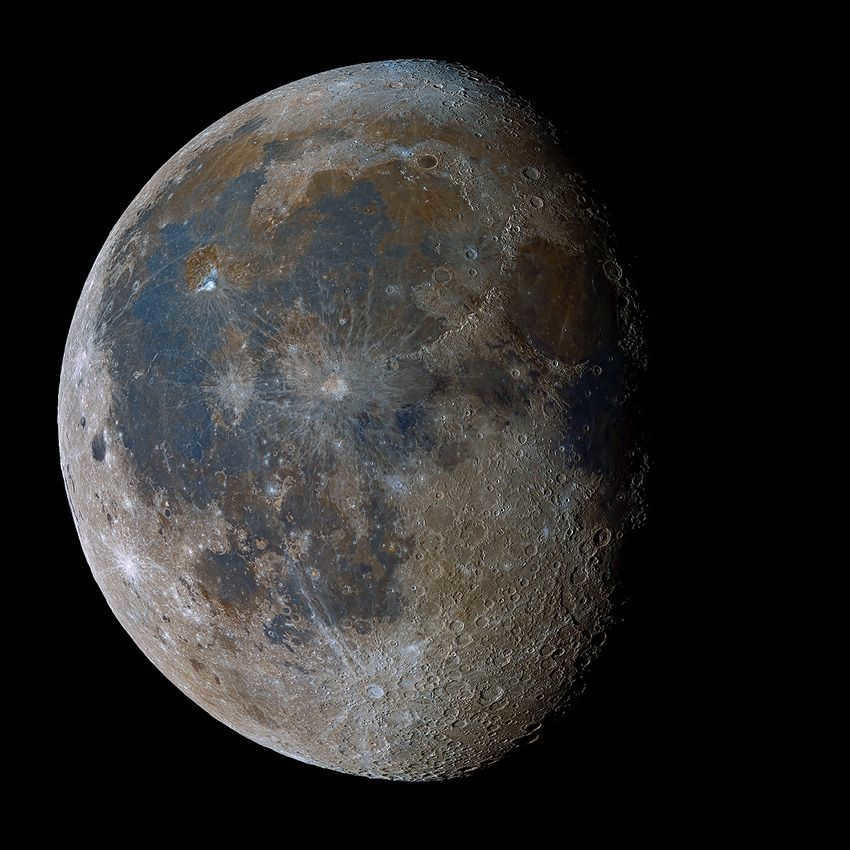
Can you identify the specific lunar phase depicted in this stunning photo mosaic? Is it currently in its waxing or waning phase?
In just a few days, the Moon will once again grace the evening sky, marking the beginning of a new cycle of lunar phases.
It’s worth noting that the aforementioned tips are most applicable to the temperate latitudes of the northern hemisphere. In tropical regions, observing the Moon may present some challenges. However, these guidelines can be confidently applied across the vast territories of Russia and CIS countries!

In August 2023, there will be a unique occurrence of new moons. This astronomical phenomenon will happen twice, once on August 1 and again on August 30. Let us inform you about what to expect from the extraordinary full moon in August, why it is referred to as the “sturgeon moon,” and what astrologers predict for this period.
August 2023 holds significance in terms of the lunar phases, as it will begin and end with a full moon.
The Super Moon is a celestial phenomenon that brings together two occurrences: the full moon and the perigee, which is when the Moon is at its closest point to the Earth in its orbit. During this time, the Moon appears larger than usual to observers on Earth, particularly in the morning and evening when it is near the horizon. At its closest point, the Moon is approximately 360 thousand kilometers away from the Earth, creating a captivating sight.
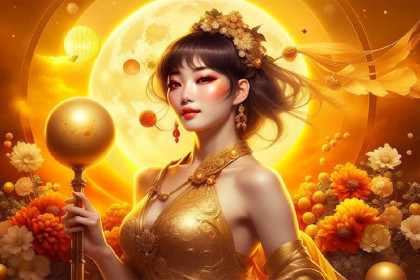
On occasion, during a super moon, the Moon can appear to have a reddish hue, which is why it is often referred to as purple, bloody, strawberry (if the new moon occurs in June), or Sturgeon (if the phenomenon happens in August). The indigenous people of India began referring to the moon as the Sturgeon Moon because August marks the start of the hunting season for these fish. They also called the new moon of August the Fruit, Cherry, or Harvest Moon.
Super Moon Dates in August-2023
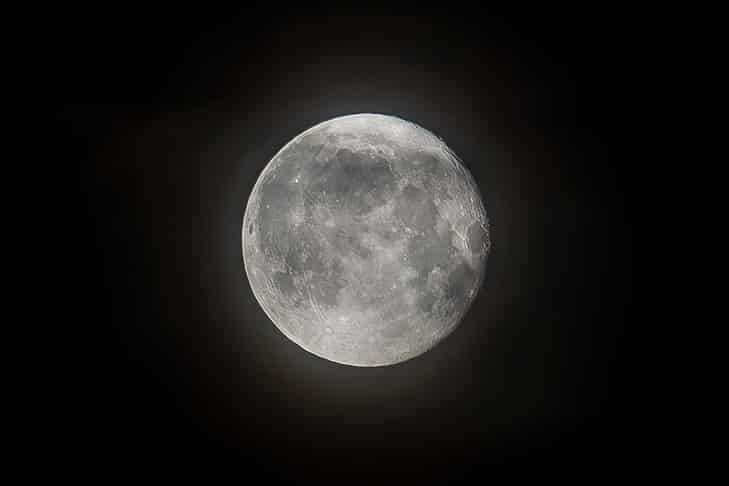
The second Super Moon of 2023, also known as the Sturgeon Moon, is set to occur on August 1st at 21:31 Moscow time. This celestial event will be observed in the astrological sign of Aquarius. To recap, the first Super Moon, referred to as the Strawberry Moon, took place on July 3rd. Following the August 1st Super Moon, the Moon will enter its waning phase from August 2nd to the 16th. On August 16th, the only new moon of the summer month will be visible. From August 17th to August 30th, a waxing Moon will be observed. The third Super Moon, known as the Super Blue Full Moon in Pisces, will begin on August 31st. The final Super Moon of 2023 is scheduled for September 28th.
Astroportal Rambler suggests that the Super Moon in Aquarius on August 1 is highly unfavorable and recommends indulging in passive rest. According to the astrologers of the portal, this day is not suitable for intimate contact as it may initially bring pleasure but ultimately result in disappointment. It is a day for asceticism, and one should not ask for anything more. Instead, it is advised to express gratitude to higher forces for what one already has. On this day, it is better to spend time with family and friends, avoiding work meetings and social gatherings. It is important not to waste energy on arguments and conflicts as negativity can come back with even greater intensity.

The astrologers at marieclaire.ru predict that on August 1, during the Super Moon, it is advised to avoid any beauty-related activities and, if possible, refrain from traveling by car. “It is best to abstain from any actions related to enhancing one’s beauty on this day, such as haircuts, hair coloring, or cosmetic procedures. While Aquarius may inspire you to experiment, it can also push you to take bold steps that you may later regret. It is also recommended to postpone any out-of-town or business trips. This day will be filled with intense energy due to the Moon’s close proximity, causing some individuals to behave more actively and emotionally than usual, thus increasing the risk of traffic accidents,” reports the portal.
August 1, 2023 Super Moon in Aquarius – things you must accomplish
The New Moon is often referred to as a unique period of transformation and revitalization, which serves as an ideal opportunity to embark on new endeavors. In the realm of astrology, the astrological sign of Aquarius represents fresh concepts, ingenuity, and liberation. Experts in astrology advise individuals to step out of their comfort zones, embark on long-awaited projects, and dare to bring their most unconventional ideas to life. The Super Moon is predicted to bring good fortune in various areas, including sports, dieting, creative competitions, business negotiations, and sporting events. “During this specified time, many individuals may find themselves visited by a muse, inspiring them to embark on a quest for answers to significant questions. The full moon in August will encourage innovation and promote the freedom of thought. This upcoming period has the potential to serve as an excellent time for professional exploration and personal growth,” write the astrologers from the women’s portal marieclaire.ru.
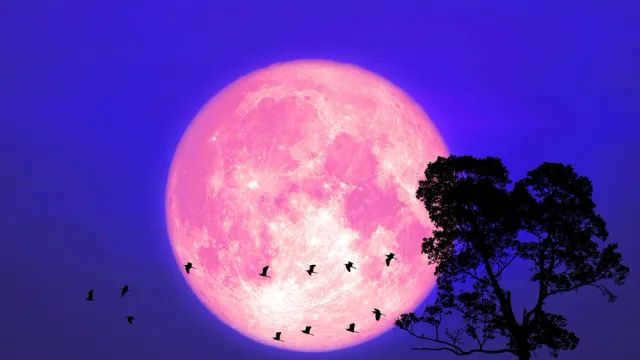
In the near future, we will once again have the opportunity to witness the Super Moon. On August 1st, at 21:33 Moscow time, the Moon will be at its closest point to the Earth. This fascinating astronomical event is known as the Sturgeon Moon. It is believed that this name originated from the Indian tribes who noticed that during the August Super Moon period, there was an increase in fish in the rivers. Numerologist and esotericist, Victoria Akhremchuk, will enlighten us about what the Super Moon has in store for us on 1.08.2023.
Estimated reading time: approximately 5 minutes
Ambition and intelligence: dos and don’ts during the Full Moon on August 1.
The day will be influenced by two zodiac signs simultaneously – Capricorn will be followed by Aquarius. The former is known for its ambitious goal-setting and determination, while the latter stimulates mental activity and problem-solving skills.
A Super Moon always brings an extra boost of energy. The Sturgeon Moon brings not only material abundance but also new ideas, insights, and an opportunity to break free from monotonous routines. With Aquarius governing intellect, any mental work will be rewarded during this Super Moon. However, it’s important to note that the day’s energy may also lead to frequent mood swings, resentfulness, and irritability.
It is advisable to delay all significant matters. It is not advisable to seek employment, initiate major projects, make investments, or provide loans on August 1. This day may incite conflicts, potential outbursts of anger, and bouts of irritability. Past grievances may resurface, so it is best to postpone any serious conversations for another time. If possible, it is better to avoid traveling as it may lead to a lot of trouble.
Visiting a beautician or hairdresser may also result in disappointment and throw you off balance.
The Super Moon on August 1, 2023 presents an ideal opportunity to release the past
During the Super Moon of August 1, it is essential to concentrate on endeavors that have already been initiated and yearn for finalization. It is time to bid farewell to anything that has served its purpose in your life – unnecessary connections, contacts stored in your phone, antiquated possessions, and worthless trinkets.
On this particular day, it is beneficial to address your mistakes, reflect on the past, resolve any lingering issues, and liberate yourself from their weight. The Sturgeon Moon will assist you in perceiving events and individuals in your surroundings from a fresh perspective.
To summarize, relinquish the past without remorse. What will take its place is entirely up to you. Aquarius will provide you with the opportunity to gather your thoughts and envision a new narrative for your own life.
During the occurrence of the Super Moon, it is certainly beneficial to prioritize financial gain. However, it may require some patience before your desire comes to fruition. To “recharge” paper money, simply place them on a windowsill so that the moonlight can shine upon them. Additionally, you can create a charm that will attract wealth – commonly known as an undivided ruble. Typically, a 5 ruble coin is used for this purpose. Then, it is imbued with the intention that it will now attract money and ensure prosperity. This can be expressed in one’s own words – the specific text is not as important as the individual’s intent. The moonlight will infuse the charm with its amplified energy, and the amulet will be complete. Following this, it should be concealed within a purse, never to be shown or spent, even in dire circumstances.
On this particular day, it is beneficial to clearly articulate one’s career aspirations and evaluate one’s abilities in order to achieve them. It is also important to carefully consider the details of one’s future plans. Trust your intuition, as it will guide you accurately. At times, it may reveal that your plans are influenced by outside factors, such as societal trends or the opinions of others.
In addition, August 1st presents an opportunity to address any concerns regarding excess weight or contemplate a transformation in one’s appearance.
The next occurrence of the Moon being closest to the Earth will take place on August 31st, 2023. This will be the most significant Super Moon of the year.
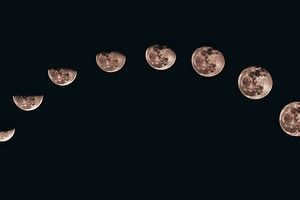
What is the duration of each lunar phase, what are their benefits, and why?
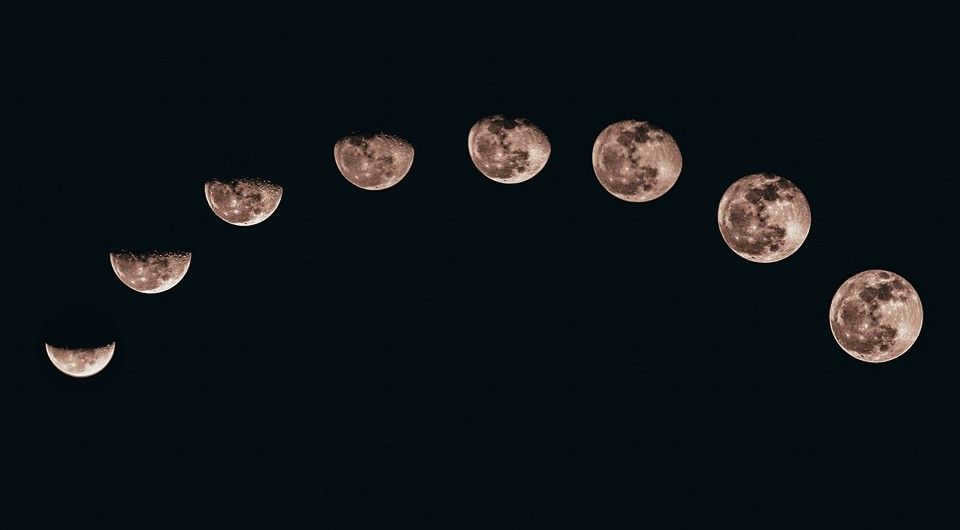
The moon is the Earth’s sole satellite, continually orbiting our planet and reflecting sunlight off its surface. Due to its gravitational force, the moon has a significant impact on the Earth’s oceans, causing tides.
The moon’s influence extends beyond just bodies of water; it also affects humans. Since our bodies consist predominantly of water, with 86% in a newborn, around 70% in an adult, and 50% in an elderly person, the lunar 24-hour cycle can impact our mental and emotional well-being. Women and children tend to be more sensitive to the moon’s position.
Every month, the moon goes through four distinct phases. In this article, we will delve into each phase in detail.
Did you know?
The moon undergoes a 15-day growth phase, culminating in its maximum brightness – the Full Moon – and then diminishes over the same number of days. By the end of the cycle, on the 30th lunar day, the night sky is almost completely dark. It is commonly believed that the energy during this period is not conducive to starting new projects or making important decisions. It is advised to wait for the moon to begin its growth phase again.
The duration: from the New Moon to the first quarter, which is from the 1st to the 7th lunar day.
This time frame corresponds to when the Moon is positioned between the Earth and the Sun in a nearly straight line. As a result, it is not visible to us. However, the energy of the growing Moon is already noticeable – the initial seven days are favorable for making plans, initiating any endeavors, and making significant purchases.
Moreover, during this period, the body undergoes rejuvenation, making it an ideal time for engaging in cosmetic procedures, visiting a spa or a sauna, and receiving any postponed medical examinations or treatments. Additionally, this period is suitable for getting a haircut. You can consult the Lunar haircut calendar for February. Furthermore, planting plants is encouraged during the waxing Moon.
Because children are most responsive to lunar phases, they tend to be less fussy and sleep more soundly during this time. If you have a young child, it would be beneficial to pay attention to this phenomenon.
Throughout the waxing phase of the Moon, there is a surge of energy within the human body, making it crucial to maintain a healthy lifestyle. As the Moon becomes fuller, mental energy increases as well.
The next stage
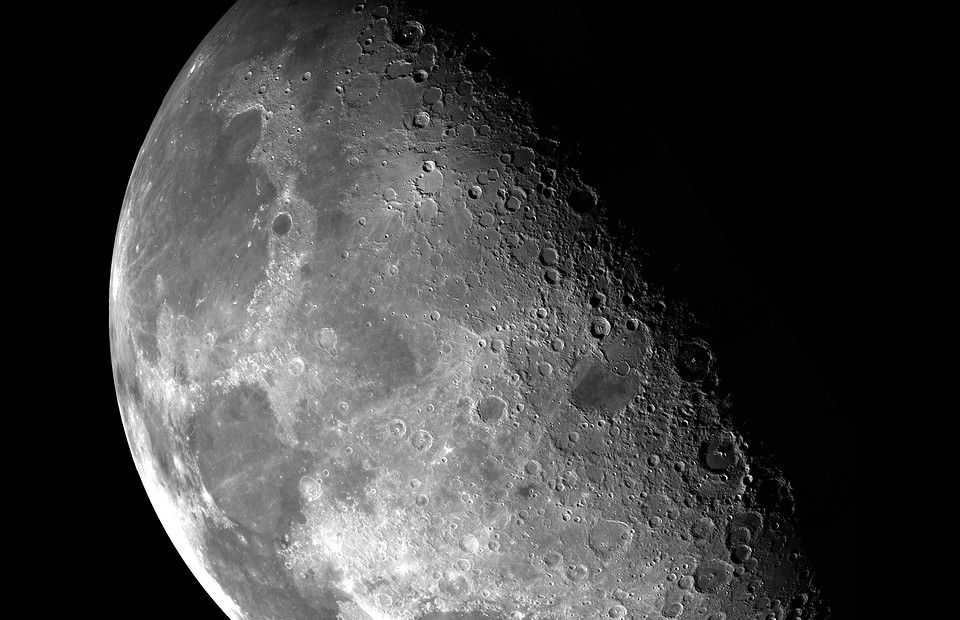
Duration: 8 to 15 lunar days, concluding with the Full Moon.
During the second phase, there is a release of all the accumulated energy – there is an increase in activity and confidence in one’s actions. If the first phase was suitable for goal setting, creating business projects, and planning tasks, then starting from the 8th lunar day, there is enough energy to carry out these plans.
The third stage
Duration: from the Full Moon to the last quarter, specifically from the 15th to the 22nd lunar day.
The Full Moon occurs on the 15th lunar day, which is also known as Purnima. On this day, the Moon is positioned directly opposite the Sun, thus making it fully visible from Earth. The energy that has been building up throughout the previous two phases reaches its peak during the Full Moon. This can be experienced as sudden mood swings, with some individuals crying over trivial matters, others becoming excessively agitated, and some feeling a sense of depression. The gravitational force of the Moon intensifies during this time, often resulting in high tides and the movement of oceans beyond their usual boundaries.
On the 16th lunar day, the energy begins to subside. It is believed that this is when the consequences of past actions become evident. This period is also considered favorable for breaking free from negative habits.
Individuals with the Moon in a strong position in their natal charts, specifically in the Taurus constellation (within a range of 3 degrees), experience a smoother transition during the Full Moon. Conversely, they are filled with a surge of creative energy, manifesting as a desire to express care and happiness. Conversely, those with a weakened Moon experience heightened emotions and desires, struggling with self-control. This can also disrupt their sleep patterns.
The Full Moon is an ideal time for declaring one’s love, as words effortlessly flow from the heart. However, it is not advisable to discuss relationship issues during this period, as emotions and feelings tend to overpower reason and logic. Instead, it is best to trust one’s intuition, which becomes heightened during the Full Moon phase.
The final stage, or diminishing Moon
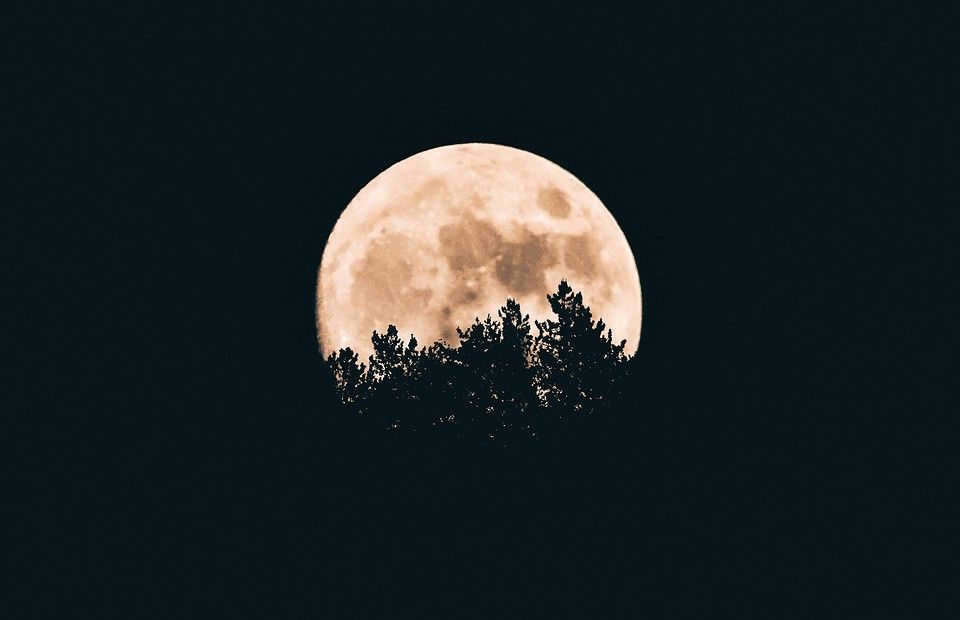
Duration: from the 23rd to the 29th lunar day (or to the 30th, if there is one in a given lunar month).
The period of the waning Moon starts when the Earth’s satellite is still full visually and continues until it transforms into a crescent moon. This phase occurs within a week. The fourth phase commences after the Moon passes through the third quarter and concludes with the New Moon.
However, there are advantages to the phase of the diminishing Moon. It is ideal for finishing tasks that have already been started, organizing your thoughts and surroundings, and getting rid of unnecessary things, including social interactions. Additionally, this is a great time to engage in various cleansing activities. For instance, you can dedicate more time to water-based rituals such as visiting a pool, spa, or bath.
Moonless, or 30th Lunar Day
The period known as the Moonless Moon occurs when the fourth phase is completed. In Sanskrit, it is referred to as Amavasya Tithi. It is considered to be the darkest night of the month and also the most emotionally unfavorable day. During this time, the mind is filled with negative thoughts and emotions, leading to the intensification of fear, anxiety, and irritation. Numerous subconscious negative patterns come to the surface.
To eliminate the negativity within oneself, one can seek the assistance of a psychologist or engage in self-reflection by writing down poisonous thoughts on paper and then burning it. It is advisable to spend this day in a calm manner, engaging in simple activities, drinking plenty of water, and enjoying long baths. Children may become more temperamental and mischievous during this period, so patience is key. The following day marks the beginning of lunar growth and the start of a new lunar month.
Explore gdeluna.5deg.com for comprehensive information on moon phases, moonrise and moonset times, as well as precise calculations for the moon’s position in cities worldwide. Discover the current phase of the moon, calculate the distance to the moon for any given month or year, or simply find out when the next full moon will grace the night sky. Begin your search by selecting a country or city.
 What is the time zone?
What is the time zone?
The moonrise and moonset times for that particular city will be displayed in the local time. However, on the map page, you have the option to choose the time zone and coordinates.
Quick Assistance
Quick assistance is provided for text with a gray background, for example, HELLO :-). If you require more information, please visit this page: help. On any page, you can switch between pages about the sun and pages about the moon (last button in the menu). The date format used is ISO 8601 yyyyy-mm-dd. Before you begin using 5deg.com, please familiarize yourself with the Terms of Use.
.5deg is equal to 0.5°. This represents the measurement of the angle between the Sun and the Moon as seen from Earth. The calculation to determine this angle is as follows:
- Approximate distance of the Moon from Earth: LMoon=384,400 km (238,855 mi) *
- Diameter of the Moon: DMoon=3,474 km (2,159 mi) *
- The viewing angle can be calculated using the formula: 2×arctan ( DMoon / (2×LMoon)). This results in an approximate angle of 0.5° (rounded to 0.1).

